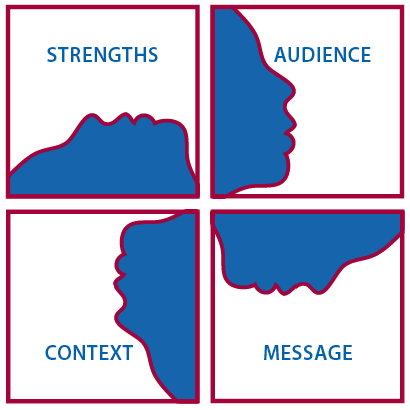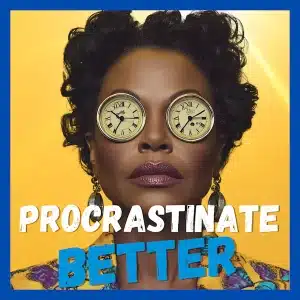This is our seventh in a series of posts from the Book Rapper issue Authentic. It’s derived from Rob Goffee and Gareth Jones’ book Why Should Anyone Be Led By You that discusses what it takes to be an authentic leader. Previously in this series: Manage Social Distance
Communication For Leaders
It’s not enough to have good communication skills. You need to know which message is right for the context and audience you’re facing. Plus, it also needs to works with your strengths and weaknesses. Here we look at how you can communicate with care.
Orchestrate
Being the leader is like conducting an orchestra. You need to know the score well enough to interpret it in your own personal style. And this needs to be delivered in a way that excites your audience so they’ll follow you to fulfil your vision.
There is no one right mode of communication. You need to be able to present and interact with a range of people in a range of situations and from different viewpoints. The key is to be yourself. Know your strengths and weaknesses and channel this to communicate your vision.
[Tweet “Being a leader is like conducting an orchestra #leadership #communication”]
What Are Your Strengths?
- Are you better at one-to-one conversations, leading small groups or speaking to hundreds?
- Are you better up close or at a distance?
- Are you better live, virtually (webinar, video) or through the written word?
- Do you prefer communicating within your organisation or to external stakeholders?
- How well do you excite and engage others?
- Are you comfortable sharing your personal experiences and showing your emotion?
- Are you better at interaction or delivering a one-way message?
[Tweet “Know yourself to communicate with power #leadership”]
Five Things to Communicate
- Enough pressure for change – Like heating up water, the leadership challenge is to warm up everyone and have them into action. And, stop short of causing chaos by having things boil over. Create discomfort without alienating your followers.
- Clear and compelling vision – If you’re pushing your team forward you’re pressuring them. Instead, pull them forward by creating a powerful story of the future and how to get there.
- Where the capability challenge lies – Where is the scope for the biggest increases in productivity? Whilst most focus on the stars, they often need the least assistance. And, a pro-star culture is most likely to fail long term. Instead, develop the learners and regular performers. Make them feel special by celebrating their achievements. Nurture them for long term results.
- Next Steps – Connect the grand vision to day to day actionable steps. Divide it into smaller progressive chunks. And, get started quickly by achieving small, quick wins.
- Reward those who follow – Creating change causes risk and loss. And, what you gain as leader may not be what your followers gain. Check in. Ask: What’s in it for those who follow?
[Tweet “Five things every leader must communicate #leadership”]
QUESTION: What are your communication strengths as a leader? Are you consistently communicating the five things?




